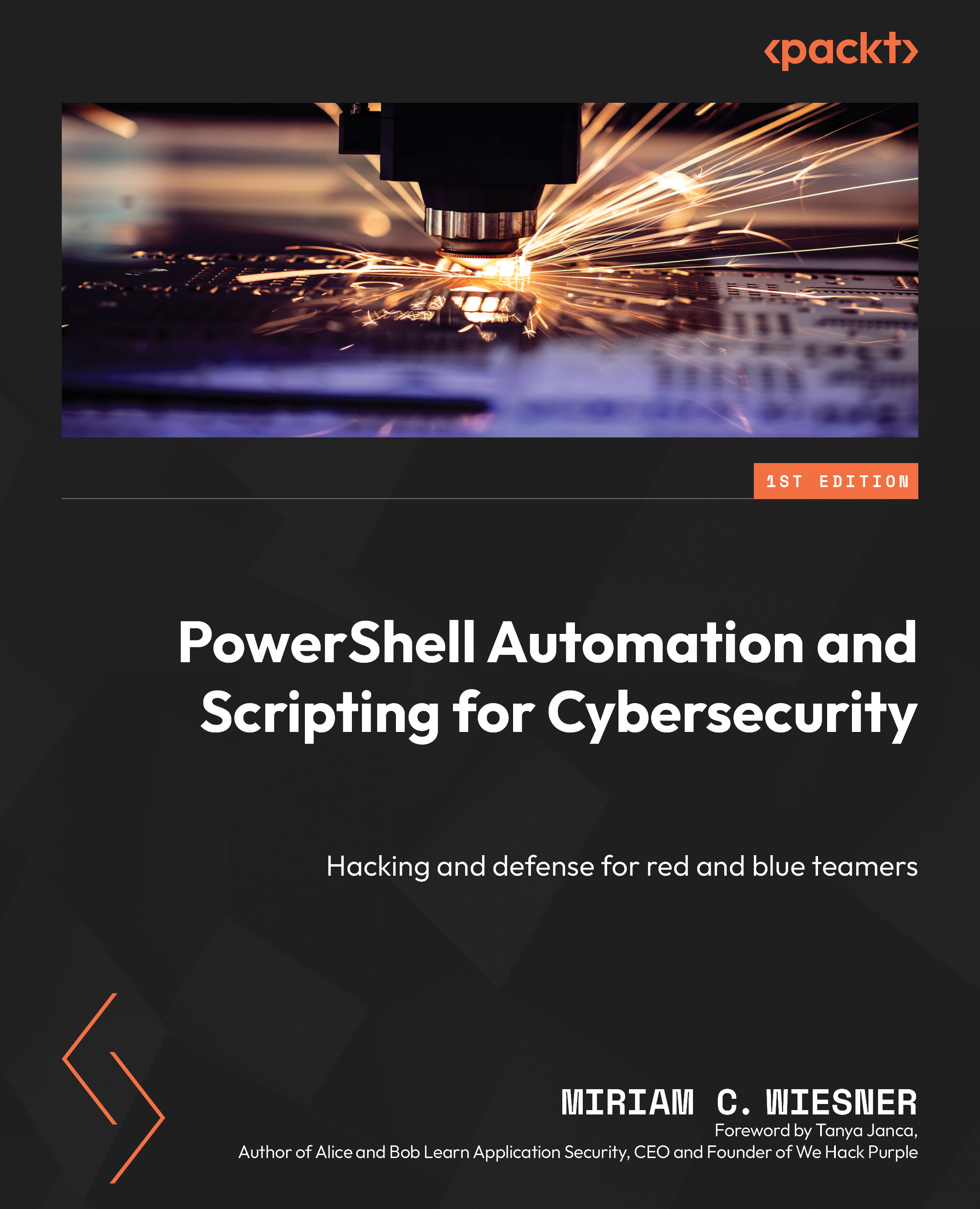Summary
In this chapter, you have learned what language modes are and how they differ from JEA. You have also learned what JEA is and how to set it up.
You now know which parameters you can use to create your own customized JEA role capability and session configuration files (or at least where to go in the book to look for them) and how to register and deploy your JEA endpoints.
Following the examples from this book’s GitHub repository, you have managed to create and explore your own JEA sessions, and you have been provided with an option on how to create a simple first configuration out of your own environment, using JEAnalyzer. Of course, you will still need to fine-tune your configuration, but the first step is done easily.
You have explored how to interpret logging files to correlate JEA sessions over different event logs and what kinds of risks to look out for when creating your JEA configurations.
JEA is a great step to define which commands can be executed...

































































